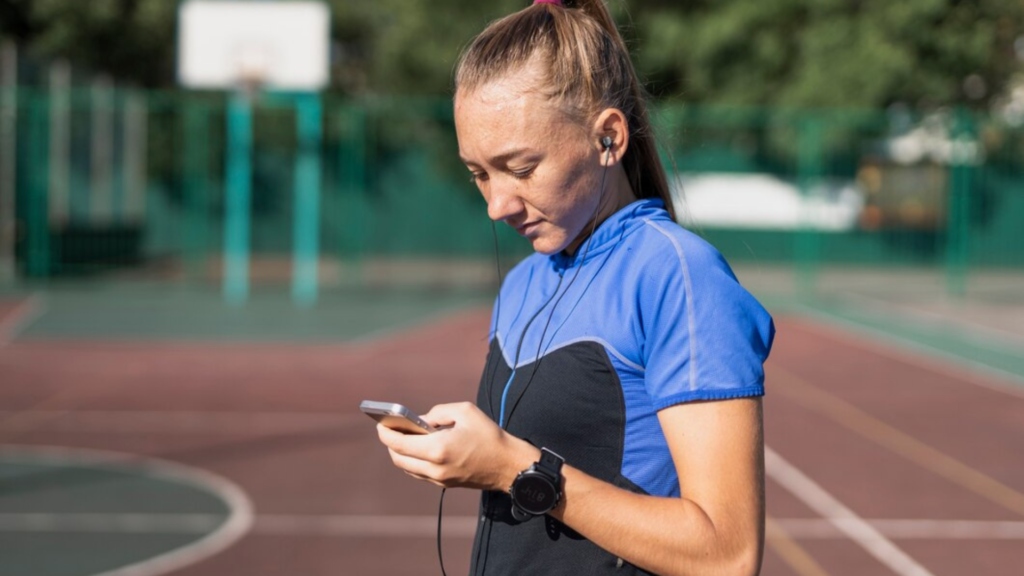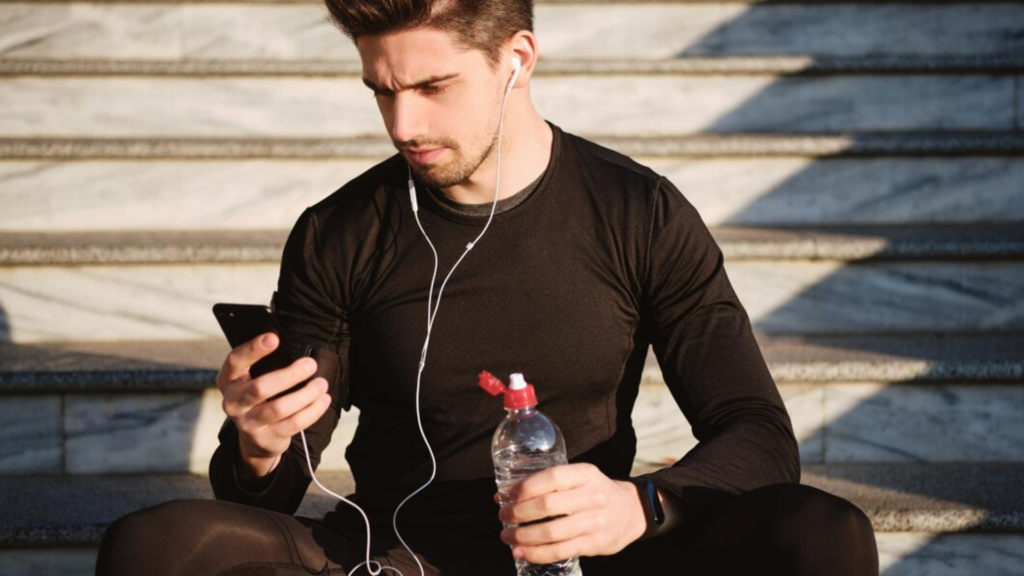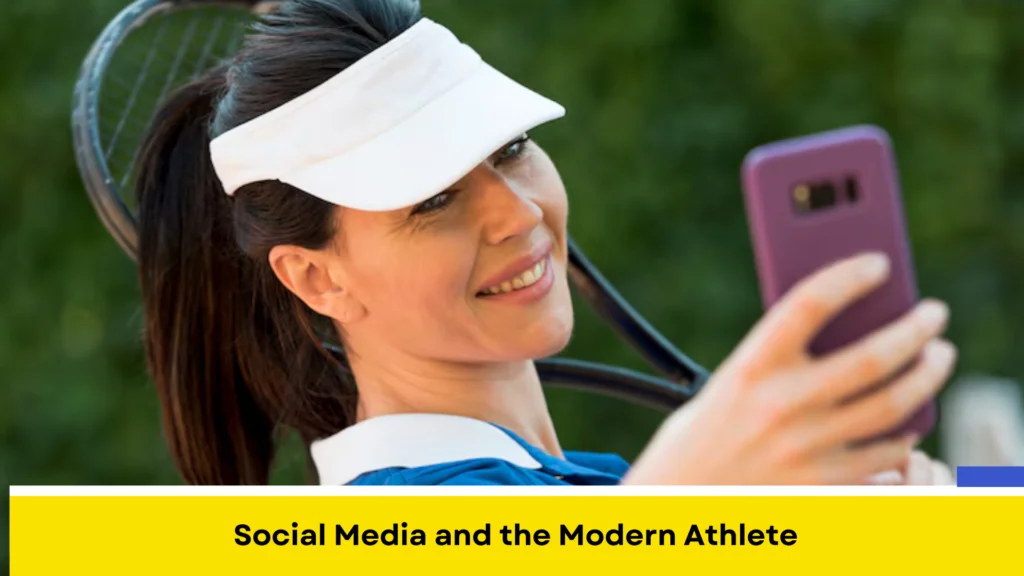When it comes to the link between sports and social media, it’s hard to know where to begin. There is no longer a way for an athlete to stay anonymous. Because of this, social media has become a more business-oriented part of the sports industry, as marketers and sponsors aim to engage with athletes’ followers. On the one hand, athletes can use social media to get others to talk about and get involved in sports. In other cases, they use it to connect, share knowledge, or promote good causes. “Social Media and the Modern Athlete” shows how these platforms help athletes influence and engage with the world.
On the other hand, it’s clear that social media is bad for mental health and can make athletes feel that they have to act or appear a specific way to be promoted as an online product. Social harassment, abuse, and sexualization of athletes and players are all part of the business of sports and sponsorship, so you can’t avoid it on social media. Is social media good or bad for the sports business? For athletes? What about women and athletes from groups that aren’t well represented? It looks like the administration wants both. In fact, it’s subjective.
There is a lot of money in sports

Sports and social media have a complicated connection. In this SIRCuit piece, I’ll talk about some of the problems that athletes have to deal with in today’s digital age and how sports organizations might help athletes use social media more effectively. The SIRC webinar “Connecting mind and movement: How to create sport environments that support mental health” went into great detail about this topic. [Embodiment and sport-mental health: Making sports surroundings better for mental health]. This article has translations of quotes from the webinar.
When it comes to the academic study of sports and visual social media (like Instagram), there are two main areas of research: cultural studies and sports administration and marketing. In 2014, people who worked in sports management came up with a conceptual model of brand image (MABI) (Akiko, Ko, and Ross, 2014). The MABI says that the following things affect an athlete’s brand value: The MABI says that everybody who is part of sports culture knows that success isn’t only about how well someone plays or how naturally talented they are.
Cultural aspects

This is especially true in sports where players depend on their sponsors more than their major league salary. These days, a person’s “physical beauty” and the way they live their life can also affect their financial success. For example, at a branding webinar hosted by AthletsCAN, Randy Osei, the founder of Athlete Technology Group and Rozaay Management, spoke to the athletes and told them to take their online branding as seriously as their sport. He would even teach a 7th-grade class about these things because they are important in the digital transformation that is happening right now. It’s all about being on the internet.
However, researchers in cultural studies say that this simple set of three factors that make up an athlete’s potential as a brand leaves out homophobia, sexism, racism, and classism, as well as discrimination based on physical abilities, which usually focuses on what is or is not considered attractive or desirable. Also, research in cultural studies shows that sports management doesn’t think about the cultural constraints that affect how players exhibit themselves online (Toffoletti et al., 2017; Toffoletti & Thorpe, 2018; Toll and Norman, 2021).
What can I do?
Shaunna Taylor, a high-performance consultant and former president of the Canadian Sport Psychology Association, said during a CSHS webinar on the mental health of female athletes (women and girls): “In my 25 years of working in the field of mental health, one thing that has really bothered me is when we talk about athletes needing to commit to their brand.” You’re not a business. You are one of a kind. Because they are so closely related, it is hard to talk about the contradiction between cultural impacts and economic needs.
Cultural considerations affect economic factors, while economic factors affect cultural factors. Cultural considerations and economic aspects affect each other. The sports industry is massive. It would be foolish to deny it. Also, athletes have the right to make money so they can pay their bills and practice. However, this is no longer the case. Most sportsmen now use social media to make a lot of money after talking to sponsors. Firework, a company that helps athletes with their social media and finances, worked with AthletesCAN, a support group for athletes, to aid them with these things.
Conclusion

Firework set up the two webinars above about brand strategy and how Canadian athletes utilize social media to make money. When asked if there is cause for concern that being an athlete in the world means having to be a brand, Firework founder Nate Behar says there is, but he also says this is one of the reasons he started the company: to help athletes get support as they try to make a living. He wisely says that creating your own brand is important if you want to move up in any organization. In general, and definitely not in sports, it’s not new at all.
Firework helps users make money from their social media profiles while being true to themselves by giving them tips like:
Behar also talks about a research that says 54% of millennials and generation Z would consider themselves PR makers if they had the chance, and 86% would be willing to post paid commercials in exchange for money (Morning Consult 2019). And athletes definitely have it.
